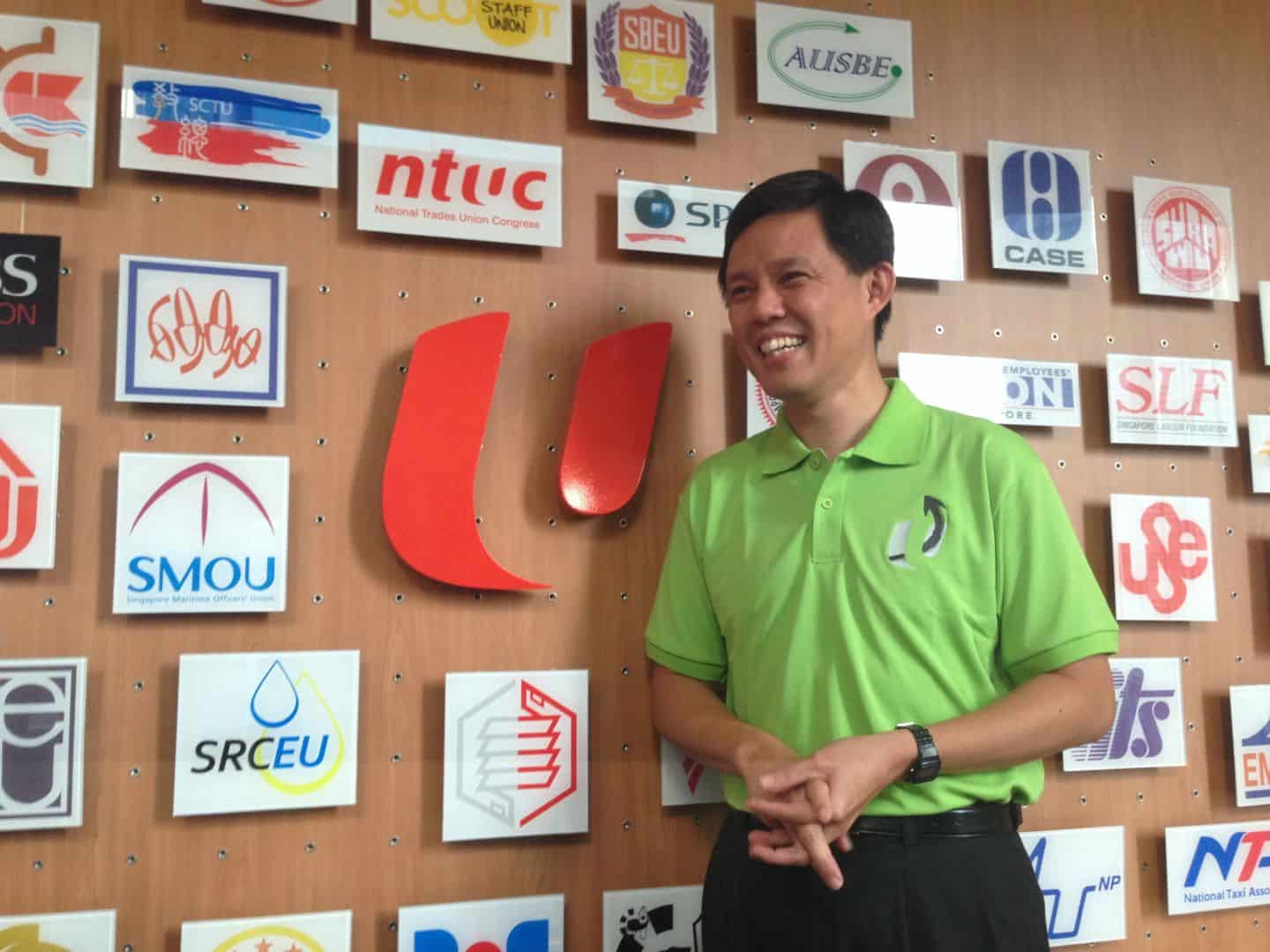Now, SMEs can all provide attractive welfare benefits to their employees!
We have a grand total of 18,000 small and medium enterprises in Singapore and yet working for one can sometimes pose as a disadvantage as compared to working in a bigger company. In terms of welfare, there is no doubt that Multinational companies (MNCs) would have more resources on hand, and thus are more able to provide its staff with attractive welfare benefits.
But with the latest welfare scheme rolled out by the labour movement, employees of SMEs can now enjoy the same suite of welfare benefits that is only previously made available to union members.
A Helping Hand
This new scheme offered by NTUC came after an overwhelming amount of feedback from SMEs highlighting the challenges they faced in terms of providing their staff with welfare benefits.
Owing to a lack of resources on their part, most SME workers only get the necessary, minimum health benefits – which is why the new scheme is set to change the fate of these workers.
Their benefits now include club facilities and venues, promotions from various NTUC merchant partners, insurance as well as scholarships, bursaries and NTUC U care vouchers.
However, this comes with a catch – the membership scheme is only open to firms with memorandums of understanding (MOUs) with the U SME initiative, and the company will have to fork out $10 per month for each employee. While the scheme is already considered pretty affordable, we have yet to hear the opinions of the various business leaders and HR practitioners in SMEs.
Annual cost for each employee would chalk up to a total of $120 and while resource and cost constraints are always the main issues faced by SMEs, NTUC has mentioned that they hoped that “all SMEs” would be on board.
On the other hand, NTUC is not turning a deaf ear to these cost issues as they are in the midst of discussing how they could help these SMEs raise revenue and lower cost and perhaps capitalise on the digital market to boost productivity as well.





















